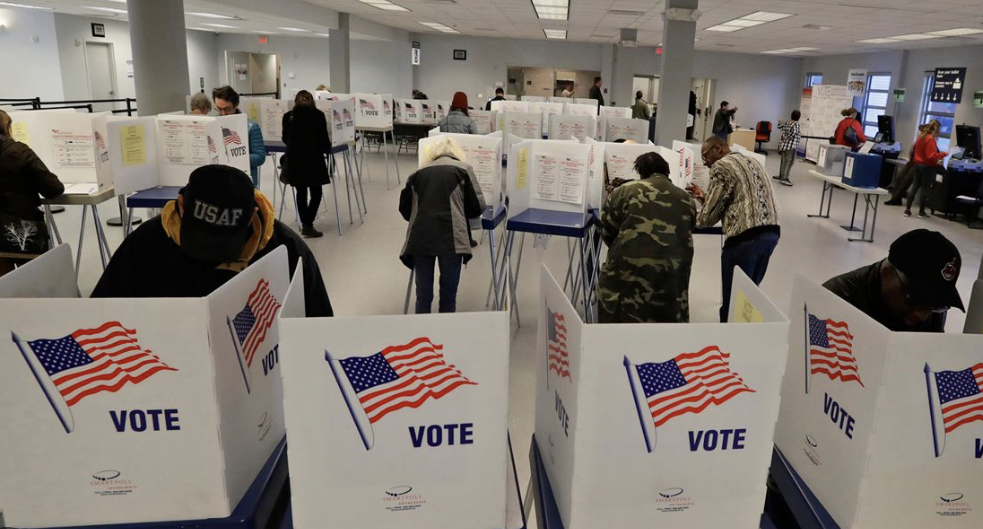Election is a pretentious word, its inflated importance casting long shadows and engulfing everyone in its presence. Maybe the word wouldn’t be dripping with pretension if the first thing that came to mind wasn’t hyped up rallies, elaborate campaigns, endless debates, voter lines, and the tsunami of media coverage. While those traits certainly apply to the dramatic discordance of national elections, local elections can barely garner five minutes of attention. If someone were to be asked about their local election, odds are they wouldn’t only have trouble finding a suitable answer, but they also wouldn’t have any information pertaining to the topic. Why do national elections get so much attention while local elections barely get any?
One reason is that local elections don’t get as much media coverage as national elections. National elections involve the entire country and can spark large news stories with an influx of people flooding into polling locations. Local elections, on the other hand, only affect a smaller number of people confined to a certain area. In addition, local elections are typically held on separate days from major state and national elections. As a result, there are often low voter turnout rates. This dates back to the Progressive Era when the Progressives believed that only the “most informed” and “knowledgeable” should vote in elections, thereby resulting in the unsynced election schedule. However, the Progressives found issues with low voter turnout rates, anti-democratic ideals, and that “knowledgeable” voters might have different interests compared to the rest of the population. According to the University of Chicago’s Center for Effective Government, studies have found a correlation between voter turnout and election timing. The local elections that coincide with major elections, such as state or presidential, have a higher voter turnout rate compared to local elections that occur sporadically. The turnout rate for mayoral elections is usually around 20%, which captures the higher end of the spectrum, compared to the turnout rates for other local elections.
The few voters that do take part in their local elections don’t provide an accurate representation of the electorate, creating an even greater disparity than in federal elections. In local elections, white voters are more likely to vote than nonwhite voters. The people who voted, at over 65 years old, are typically older than non-voters and also tend to have higher incomes and education levels. The disparity among these groups means that everyone’s interests are not accurately represented. The older voters that are dominating the electorate may have different interests compared to the overall population of citizens.
The speeding race-track of national politics often means that local politics are overshadowed and thereby left behind. However, the truth is that local politics have a direct impact on someone’s environment and their community. Local officials make decisions that affect schools, zoning, infrastructure, taxes, and even county commissioning. The low voter turnout means that every vote carries more weight than it should. Even a few more votes can make a discernible difference due to how low the numbers are.
The importance of local elections extends to more than just one’s immediate community. Local officials can make decisions regarding access to public polls, ballots, and voter ID laws. These decisions impact the accessibility of voting in regard to national elections.
Local elections may feel like the dust bunnies swept under national politics’ elaborate rug, but these elections are vital for funding and community policies. After all, even the largest of objects can be shrouded in darkness if no one shines a spotlight on it.


